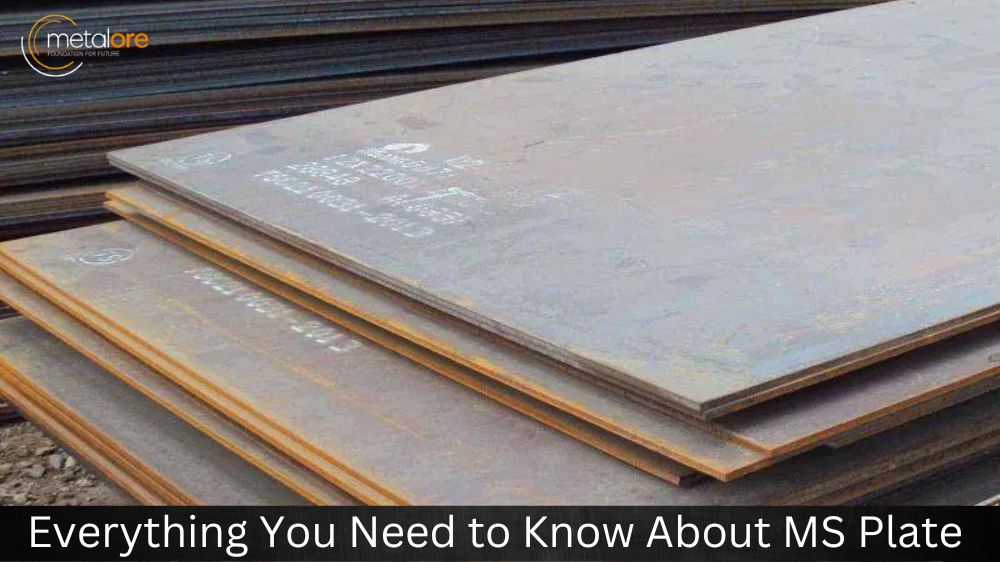Mild Steel (MS) Plate is one of the most commonly used construction materials worldwide due to its cost-effectiveness, durability, and versatility. It is used in various applications, such as building frames, bridges, machinery, vehicles, and everyday household items such as utensils and appliances. If you’re considering MS Plate for your next construction project, this blog post will cover everything you need to know about this widely used material.
What is MS Plate?
MS Plate refers to Mild Steel Plates, thin sheets of iron alloyed with less than 0.3 percent carbon often used for structural and construction applications. These plates may also contain other elements such as manganese, phosphorus, sulfur, and silicon. The properties of these plates make them highly durable and resistant to corrosion, making them ideal for various industrial use, such as manufacturing bridges, ships, vehicles, etc. They can also be used in welding or bolting tasks due to their flexibility and low cost.
Properties of MS Plate:
Mild Steel (MS) Plates are made from an alloy of iron and carbon, typically containing up to 0.29% carbon content. They have excellent formability and weldability properties, making them ideal for structural applications such as bridges, buildings, machinery frames, etc. The hardness and strength of MS plates also make them suitable for various industrial applications such as automotive components, agricultural equipment parts, etc. Furthermore, they have good corrosion resistance against environmental elements like atmospheric gases or moisture.
Types of MS Plate:
Different types of MS plates are available, depending on their thickness and dimensions. The thickness of MS Plates can range from 1.2 mm to 100 mm, while their width can range from 1,250 mm to 3,000 mm, and length from 2,500 mm to 12,000 mm. The common types of Mild steel plates include Hot-Rolled Steel Plates and Cold-Rolled Steel Plates.
Applications of MS Plate:
MS Plate has numerous applications in various industries, including construction, transportation, machinery, and household items. It is commonly used to fabricate structural frames, bridges, towers, and machinery like cranes and bulldozers. MS Plate is also used in household items such as utensils, appliances, and furniture.
Maintenance of MS Plate:
MS Plate requires regular maintenance to maintain its original appearance and avoid corrosion. Simple maintenance tasks such as cleaning the surface regularly with a damp cloth and applying a rust inhibitor can help extend the lifespan of the MS Plate.
Conclusion:
MS Plate is a widely used construction material with numerous benefits, such as strength, durability, and versatility. Knowing what MS Plate is, its properties, types, applications, and maintenance can help you select the right MS Plate for your construction project. As always, following safety protocols when handling heavy construction materials like MS plates is important to ensure a safe working environment.

